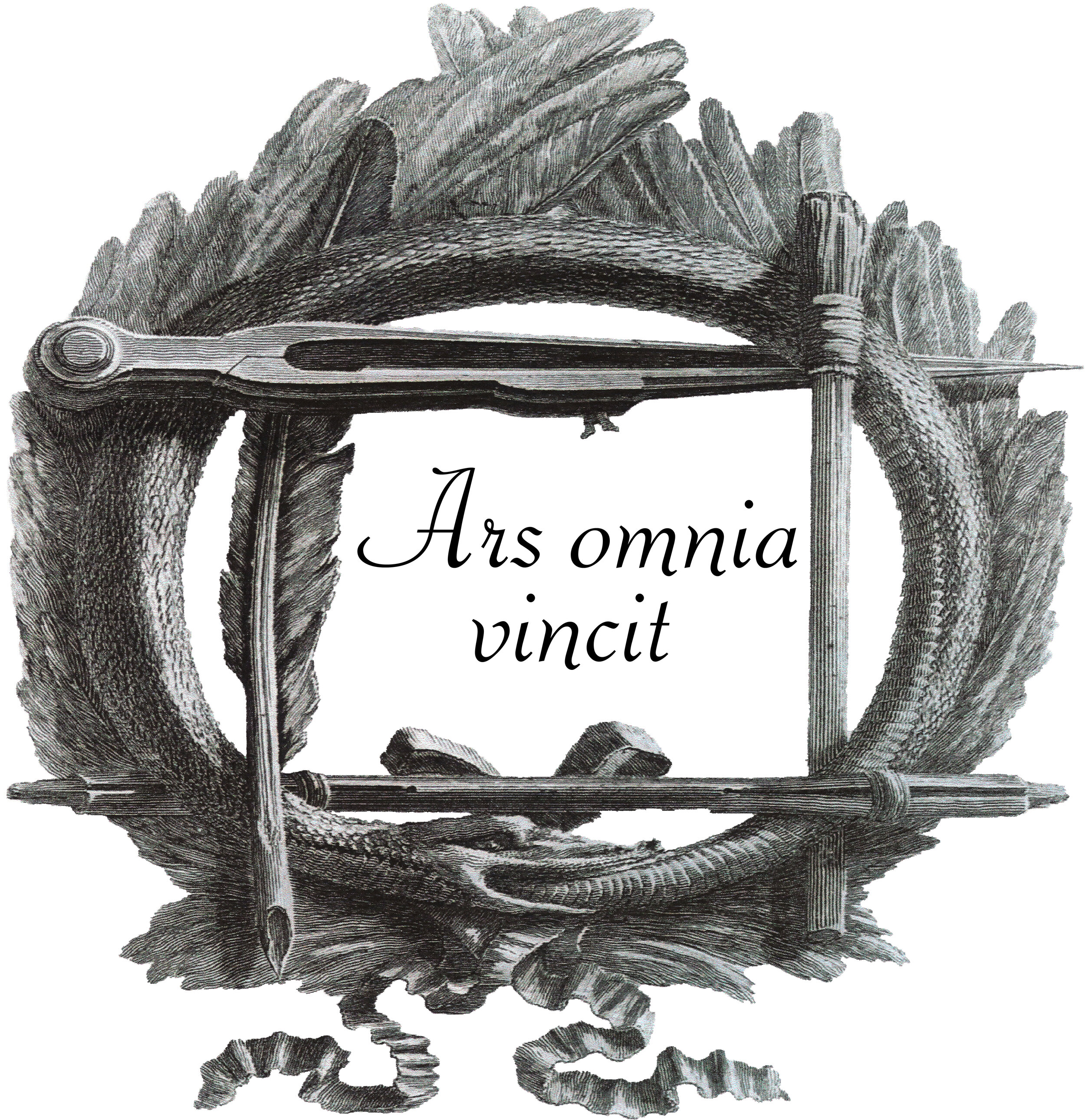Greek cross Roma and scarab




Greek cross Roma and scarab
An 18ct archeological revival style pendant brooch in the form of a Greek cross, each arm with an applied letter spelling ROMA with half pearl terminals, the centre set with a cornelian scarab, with brooch and pendant fittings.
In the manner of Castellani, bears the hallmark of the gold title for the city of Rome in use from 1815 to 1871. Period 1860/70 ca.
Dimensions cm 4.5 x 4.5 without the bail.
Excellent condition commensurate with age and use.
In ancient Egypt the scarab was a symbol of the resurrection. In fact, the Egyptians believed that the beetle of the "dung" species could regenerate itself from the ball of dung that the insect rolls in front of it. Furthermore, the ball was connected with the solar disk that "reborn" after the night: the Egyptian name of the insect, kheperer, is similar to that of the god Khepri, the Sun, which rises generated from the Earth. they were placed on mummies ("heart scarabs", on whose lower face prayers and greeting formulas were written) to symbolize the rebirth of the deceased, but they were also worn as jewelry. The use of the scarab later spread among Phoenicians, Carthaginians, Greeks, Etruscans and, among the first Christians, still as a symbol of the resurrection.
Ancient and Modern Scarabs
The use of ancient stones from excavations is an essential characteristic of Etruscan-revival jewels. Necklaces in particular were made with scarabs, mostly in carnelian (but also in onyx), many of which were of the “a globolo” type dating to the third to second centuries B.C., although there are also even older scarabs from the sixth century B.C.20 Scarabs were regularly acquired in great quantity on the antiquities market from quality merchants who also traded in engraved stones. ln 1842 Fortunato Pio purchased ancient scarabs from Pietro Mari; in 1847 he acquired forty from Francesco Depoletti for 40 scudi and twenty-two from Gregorio Diotallevi; in 1851 he bought eighty-seven from Giuseppe Baseggio, a “Roman merchant of proven reputation,” for 40 scudi. In 1855-56 the acquisitions were numerous and frequent (at least four between July and December of 1856), often consisting of many small groups. Single examples were especially abundant in 1858-59, years in which, interestingly, jewels with mosaic and scarabs clearly outnumbered those with cameos and engraved stones.
After 1870, while the purchase of cameos remained steady, as did specific commissions to engravers, acquisitions of scarabs gradually declined. By this time they had become somewhat scarce on the market. Augusto commented in his Discorso (1862):
Ancient Etruscan, Greek, and Roman scarabs are at present very rare, and therefore their high price impelled the moderns to counterfeit them. And they so perfected this trade that the most experienced eye can barely discover the deception. It is not the stone, not the polishing, not the engraving, but a certain sweet and soft appearance which makes them recognizable as antiques; and then only by those who have studied such kinds of work for long years, and because of trade or some other reason, have seen and handled many of them.
The production of modern scarabs required by Castellani, however, had not always been intended to deceive, but rather had been created to complete series of ancient scarabs purchased on the antiquities market and used in jewels such as necklaces and bracelets. For each of the celebrated parures, which constituted the pride of the Castellani production, a minimum of thirty scarabs was needed (twenty to twenty-five for the necklaces, up to fifteen for a bracelet, and others for rings, earrings, and pins). Examples include the necklace, fibula, and bracelet made in 1857 for “Madama Story,” or the “parure of Etruscan scarabs in carnelian composed of necklace, bracelet, earrings, and fibula” made in 1865.26 The firm thus required a reasonable stock of scarabs of every type and dimension, ready to be used as the occasion demanded. In one case, for example, the inventory for June 16, 1850, included, in addition to the scarabs already mounted as jewels: “35 modern scarabs, 32 antique carnelian scarabs, 23 scarabs in antique carnelian, 24 scarabs in antique carnelian, 52 mediocre scarabs, 4 large scarabs, 82 ordinary scarabs, 5 large ordinary scarabs, 15 large modern scarabs.”
The use of scarabs in jewelry was not universally applauded. A conmentator on the International Exhibition of 1862 in London wrote in the Jewellers’, Goldsmiths, Silversmiths’, and Watchmakers’ Monthly Magazine:
The jewellers did their best to rob the scarabaei of their repulsiveness; and if it cannot be said that the scarabs added to the beauty of the bracelets and rings in which they were set, it must be allowed by all who examine the reproductions of signor Castellani, that the Etruscan jewellers, by the magnificence of their settings, managed to make tolerable even the repulsive, ill-carved beetle stones, the material emblems of a groveling heathen mystery.
After the great successes of the 1850s and 1860s, linked to the affair surrounding the Campana collection, the production of jewels with scarabs may not have been as rich and diverse, but even so it lasted for a long time, particularly as simple scarab pins and earrings. In October 1888, for example, Wilhelm II of Germany on a visit to Rome acquired “a bracelet with four Etruscan scarabs, and two hairpins with the head of Juno for the Empress.”









